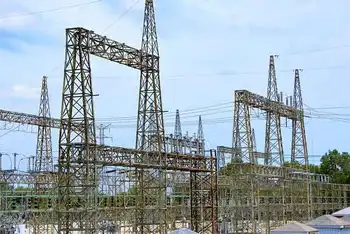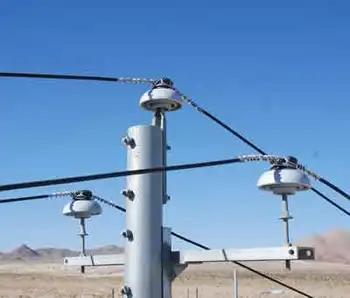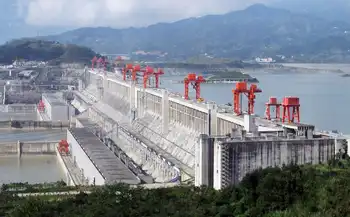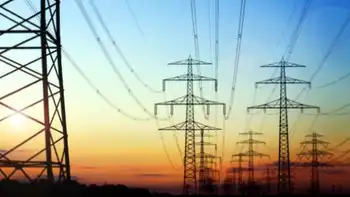High price tag killed Ontario nuclear bid
By Toronto Star
Substation Relay Protection Training
Our customized live online or in‑person group training can be delivered to your staff at your location.

- Live Online
- 12 hours Instructor-led
- Group Training Available
Sources close to the bidding, one involved directly in one of the bids, said that adding two next-generation Candu reactors at Darlington generating station would have cost around $26 billion.
It means a single project would have wiped out the province's nuclear-power expansion budget for the next 20 years, leaving no money for at least two more multibillion-dollar refurbishment projects.
"It's shockingly high," said Wesley Stevens, an energy analyst at Navigant Consulting in Toronto.
Energy and Infrastructure Minister George Smitherman announced on June 29 he was suspending a competitive process for the purchase of new reactors for Ontario. He cited the price tag as "billions" too high, but would not reveal the amount of the bid from AECL, deemed the only compliant proposal out of three offers.
AECL's $26 billion bid was based on the construction of two 1,200-megawatt Advanced Candu Reactors, working out to $10,800 per kilowatt of power capacity.
By comparison, in 2007 the Ontario Power Authority had assumed for planning purposes a price of $2,900 per kilowatt, which works out to about $7 billion for the Darlington expansion. During Ontario Energy Board hearings last summer, the power authority indicated that anything higher than $3,600 per kilowatt would be uneconomical compared to alternatives, primarily natural gas.
Much of the dramatic price increase relates to the cost of labour and materials, which have skyrocketed over the past few years. Nuclear suppliers and their investors also have less tolerance for risk.
The bid from France's Areva NP also blew past expectations, sources said. Areva's bid came in at $23.6 billion, with two 1,600-megawatt reactors costing $7.8 billion and the rest of the plant costing $15.8 billion. It works out to $7,375 per kilowatt, and was based on a similar cost estimate Areva had submitted for a plant proposed in Maryland.
"These would be all-in costs, including building a new overpass and highway expansion to get the equipment in," said a source from one of the bidding teams, who asked to remain anonymous, citing confidentiality agreements signed with the province.
Stevens said Areva's lower price makes sense because the French company wasn't prepared to take on as much risk as the government had hoped. This made Areva's bid non-compliant in the end. Crown-owned AECL, however, complied with Ontario's risk-sharing requirement but was instructed by the federal government to price this risk into its bid. "Which is why it came out so high," said Stevens.
It's why Smitherman has thrown the ball in the federal government's court in hopes of having Ottawa pay a portion of the cost. The Harper government has given no indication whether it's prepared to commit billions of dollars to subsidize Ontario electricity consumers.
Amy Tang, a spokeswoman for the energy ministry, wouldn't confirm or deny either bid amount. She said the bidding process was complex and no single number tells the full story.
"By simplifying any one submission down to a single number at this point would be very difficult to do and highly speculative," Tang said.
But the figures shed light on a process that has so far attempted to shield the true cost of building nuclear power capacity in Canada, said Shawn-Patrick Stensil, nuclear researcher at Greenpeace Canada.
"Paying $26 billion for prototype reactors that may not even work is a huge gamble for the province," said Stensil, adding the money could be better spent on less risky and greener alternatives. "This whole renaissance in nuclear was built on the premise of cheap reactors, and that's what they haven't been able to deliver."











